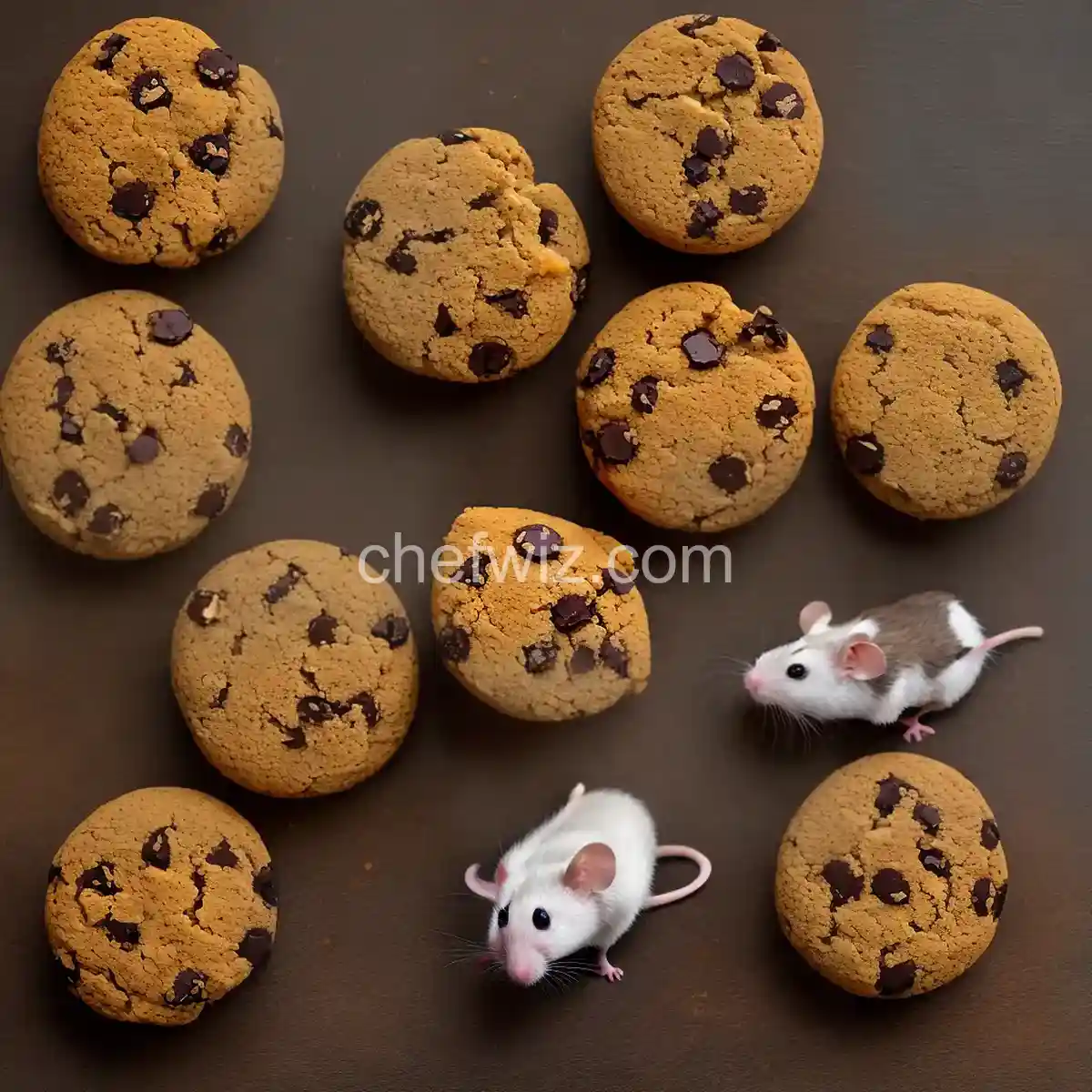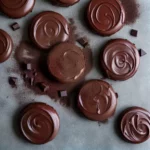Mice: A Common Household Nuisance
Have you ever been startled by a sudden scurrying noise in your home? Maybe you’ve noticed small droppings in your pantry or chewed wires in your attic. If so, you may have experienced the unwelcome presence of mice. These small rodents are a common household nuisance, capable of causing damage and spreading diseases. In this article, we will explore the habits of mice, the problems they can cause, and effective strategies for mouse control.
The Sneaky Habits of Mice
Mice are excellent at finding their way into our homes. With their flexible bodies and small size, they can squeeze through even the tiniest gaps and cracks. Once inside, they establish nests in hidden areas like attics, basements, and wall voids. They are nocturnal creatures, mostly active during the night, making it challenging to spot them in action.
These furry little invaders are cunning and resourceful. They have a keen sense of smell and can quickly locate sources of food, even sniffing out crumbs and leftovers that we may overlook. Mice are also prolific breeders, with a female capable of producing up to 10 litters a year. This means that a small mouse problem can quickly turn into a full-blown infestation if left unchecked.
The Problems Caused by Mice
While the sight of a mouse scurrying across the floor may be enough to send shivers down your spine, the real concern lies in the problems they can cause. Mice are notorious for their gnawing habits, which can lead to significant damage to your home. They chew on electrical wires, wooden structures, insulation, and even plastic pipes, posing a fire hazard and compromising the structural integrity of your property.
Additionally, mice are carriers of numerous diseases and can contaminate your living space. Their droppings, urine, and saliva can transmit harmful pathogens, such as hantavirus and salmonella. These contaminants can pose a risk to your health, particularly if you come into direct contact with them or consume food that has been contaminated.
Effective Strategies for Mouse Control
When it comes to dealing with a mouse problem, prevention is key. By taking proactive measures to make your home less inviting to mice, you can reduce the likelihood of an infestation. Begin by sealing any cracks or gaps in your home’s exterior, paying close attention to areas around pipes, vents, and windows. Keep your home clean and tidy, ensuring that food is stored in airtight containers and crumbs are promptly cleaned up.
If you already have a mouse infestation, it is crucial to take swift action. Traps and baits can be effective in capturing and eliminating mice, but it’s important to use them correctly. Place traps along known mouse pathways, near areas with droppings or signs of activity. Be sure to check and empty the traps regularly to prevent unpleasant odors and to assess the extent of the problem.
In some cases, professional pest control services may be necessary for severe infestations. These experts have the knowledge and tools to address the problem effectively and safely. They can assess the extent of the infestation, identify entry points, and implement targeted treatments to eliminate the mice and prevent future invasions.
Conclusion
Mice may be small, but they can wreak havoc in our homes. Their sneaky habits, destructive tendencies, and potential to spread diseases make them a common household nuisance. By taking preventative measures and addressing infestations promptly, you can protect your home and family from the problems associated with mice. Remember, it’s always better to be proactive than to deal with the consequences of a full-blown infestation.
Frequently Asked Questions
1. How can I tell if I have mice in my home?
Look out for signs such as droppings, chewed wires or furniture, gnaw marks, and unusual scurrying noises.
2. Are mice dangerous to my health?
Yes, mice can carry diseases and contaminate your living space with their droppings, posing health risks.
3. How can I prevent mice from entering my home?
Seal any cracks or gaps in your home’s exterior, keep your home clean, and store food in airtight containers.
4. What are some DIY methods to eliminate mice?
Traps and baits can be effective, but make sure to place them strategically and check them regularly.
5. When should I consider calling a professional pest control service?
If you have a severe infestation or if DIY methods have proven ineffective, it’s best to consult professionals.
6. Can I use natural remedies to get rid of mice?
While some natural remedies may have limited effectiveness, professional assistance is often required for complete eradication.
7. How long does it take to get rid of mice?
The time required to eliminate mice depends on the severity of the infestation and the methods used.
8. How can I prevent mice from coming back?
Continued vigilance in maintaining a clean and well-sealed home is key to preventing mice from returning.

Mice
Ingredients
- Ingredients:
- 8 ounces of chocolate confectioners' coating
- 20 red maraschino cherries with stems
- 3 tablespoons of blanched slivered almonds
- 20 unwrapped milk chocolate candy kisses
- 40 small red decorating candies (dragees) (Optional)
Instructions
- Prepare a baking sheet by lining it with parchment paper.
- Cut the confectioners' coating into chunks and place it in a microwave-safe bowl.
- Heat the coating in the microwave on High for 30 seconds, then heat it for an additional 10 to 15 seconds, repeating this process 4 or 5 times until the coating is warm and melted. Stir well to ensure a smooth and lump-free texture. The temperature of the coating should be around 95 degrees F (35 degrees C).
- Dry the cherries thoroughly using paper towels.
- Hold each cherry by its stem and dip it into the melted chocolate coating, making sure to cover only the bottom part of the stem.
- Carefully place the dipped cherry on its side, with the stem sticking out to create a tail.
- While the coating is still wet, attach an unwrapped chocolate kiss to the flat side of the cherry, opposite the tail, creating a pointy-nosed face.
- Take two almond slivers and insert them between the chocolate kiss and the dipped cherry to form ears.
- Use a toothpick to create two small dots on the face using melted coating and attach two small red candies to these dots as eyes.
- Repeat the above steps for the remaining cherries.
- Allow the coating to set and cool until firm, which should take approximately 30 minutes.
- If it is close to Christmas, you can add a red



















